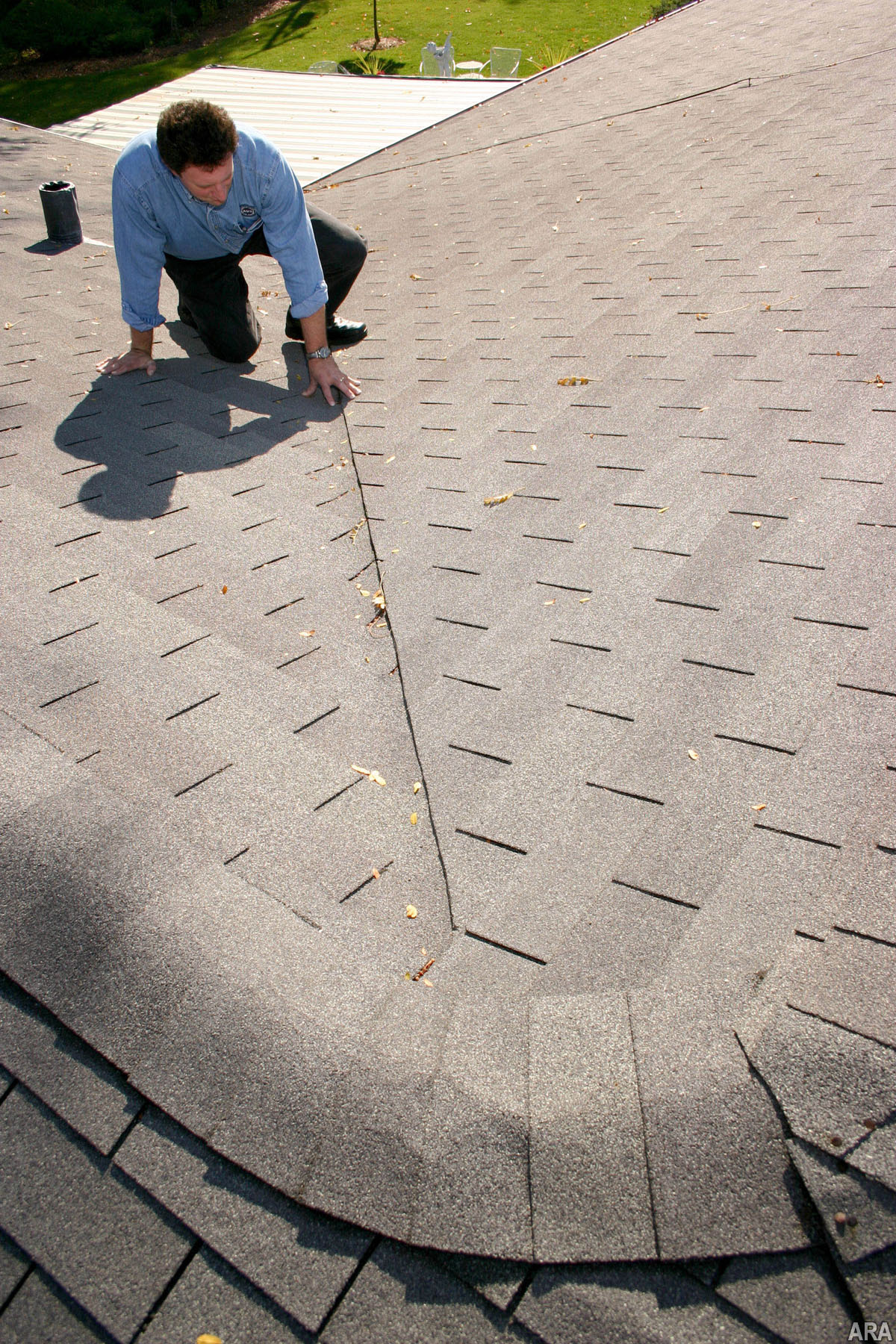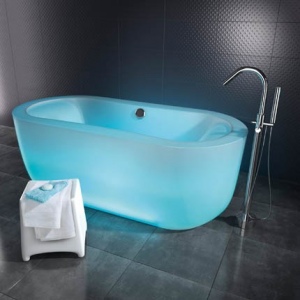Lots of homeowners think of roof revitalizations as summertime projects, so they put off getting their roofs inspected until the snows have moved on, the sun has come back out, the weather has warmed up enough. But roofing companies are just as happy to work when it’s cold as when it’s hot, and for many homeowners, getting their roofs inspected and repaired before spring rains hit could spare them a lot of trouble and expense.
The basic problem with waiting for winter to pass before starting roofing projects is that doing so allows spring to arrive. Throughout much of the United States, spring and summer are the two wettest seasons of the year, and the biggest danger of a faulty roof is that it might allow water to get through, and damage roof supports and other valuables inside the home.
It is for this very reason that roofing companies are flooded (pun intended) with calls from homeowners during the months of March, April, and May. These poor folks had something go wrong with their roofs during the previous fall or winter time, and only discovered the problem once the heavy spring rains hit and exposed whatever gaps or holes might have been lurking unseen in their roof.
Had they anticipated these problems and called their roofing company for an inspection earlier, the holes or other damage might have been patched before any substantial amount of rain could seep through and cause problems. Instead, the damage was allowed to go unaddressed, and the homeowners end up having to pay not only to repair or replace their roof, but also have to pay to replace everything else that was damaged inside their home.
Winter is also an ideal time for inspections of a home’s roof because much of the damage to roofs happens during the winter time. Snow and ice can be very dangerous for roofing materials. The extreme cold of snow and ice can crack, warp, or otherwise damage roofing materials, and leave them no longer suitable for providing the protection and insulation that a roof is meant to provide.
However, the total amount of water in an inch of snow or ice is not that great. When they melt, the relatively small amount of water they represent is unlikely to cause any great amount of damage. Additionally, snow and ice tend to melt from the top to the bottom, meaning that much of the melted water runs off the snow and ice without ever making contact with the roof.
In effect, snow and ice are able to do great damage to a roof, while at the same time serving as a layer of protection against the water seepage and leaks that damage parts of the home beneath the roof. The result is often damage that goes totally unnoticed. Small holes and cracks form, but homeowners never realize it, and the situation is primed for disaster when the heavy rains of spring arrive.
Some homeowners even worry that roofing companies will refuse to work during the winter, for fear of navigating rooftops made treacherous by snow and ice and cold winter winds.
While this is very considerate of them, the truth is that roofing companies are only too happy to work during November, December, January, and February, as these are often slow months for them. Call a roofing company at this time of year, and they will dig out their snow shovels, put on their tire chains (if necessary), and be at your house, ready to work, before you can say “roof repair.”
Mark Roberts is a writer for JOIRoofing.com. Juneau Odenwald Roofing was founded in 1996 and is a premier Louisiana roofing contractor.
Why You Should Have Your Roof Inspected This Winter





